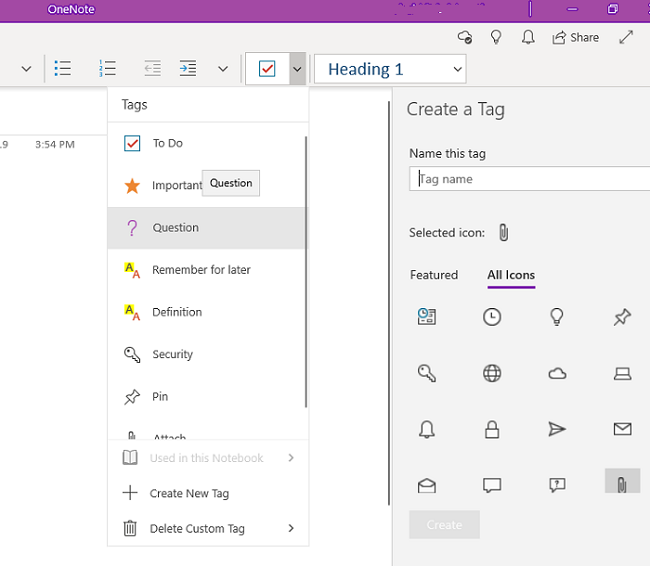

Its multi-user capability allows offline paragraph-level editing with later synchronization and merging. It can also extract or copy texts from images and documents using Optical Character Recognition.

It can replay audio concurrently with notes taken during the recording. It also searches “electronic ink” annotations as text and phonetically searches audio recordings on a text key. They can also add embeddable content like YouTube videos. Users may add embedded multimedia recordings and hyperlinks. Users can move pages within the binder and annotate them with a stylus or word-processing or drawing tools. The difference shows in certain OneNote features and characteristics. OneNote notebooks collect, organize and share possibly unpublished materials - as compared to word processors and wikis, which usually target publishing in some way. Microsoft designed this user interface to resemble a tabbed ring binder, into which the user can directly make notes and gather material from other applications. OneNote saves information in pages organized into sections within notebooks. OneNote saves data automatically as the user makes edits to their file. Unlike a word processor, OneNote features a virtually unbounded document window, in which users can click anywhere on the canvas to create a new text box at that location. In OneNote, users can create notes that can include: texts, pictures, tables, and drawings. Notes can be shared with other OneNote users over the Internet or a network. It gathers: users’ notes, drawings, screen clippings and audio commentaries. Microsoft OneNote is a note-taking program for free-form information gathering and multi-user collaboration.


 0 kommentar(er)
0 kommentar(er)
